Indoor Adventures: Creating a Safe and Stimulating Environment for Your Rabbit
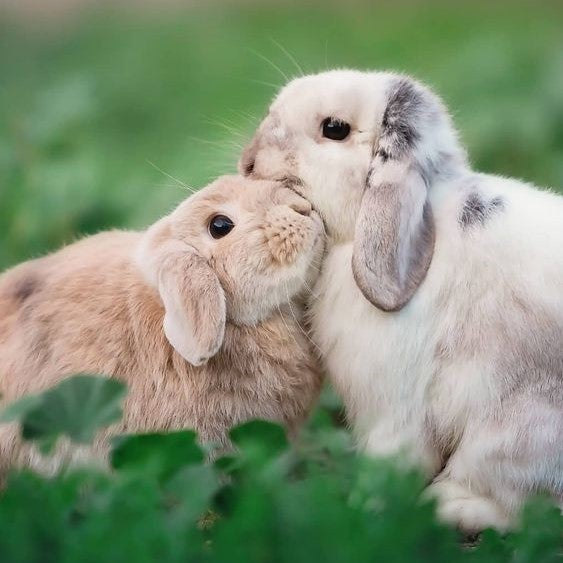
Introduction: While rabbits traditionally thrive outdoors, many owners choose to bring their furry friends inside for playtime or even as permanent indoor pets. Indoor living can provide rabbits with a safe haven from extreme weather and predators, and it offers a unique opportunity for owners to bond closely with their pets. However, transitioning rabbits indoors requires preparation to ensure their environment is both safe and enriching. This blog explores how to effectively rabbit-proof your home and create a stimulating indoor habitat for your rabbit.
Rabbit-Proofing Your Home
Chewable Hazards
Rabbits have a natural inclination to chew, which helps keep their teeth in good condition. Protect your furniture, cables, and anything else at bunny height by covering exposed wires with chew-proof covers and using bitter apple spray on wooden furniture. Providing plenty of chewable toys and hay can also redirect this behavior.
Secure the Area
Ensure that the room or area where your rabbit will play is secure. Close off any small spaces where a rabbit could get stuck and use baby gates if necessary. Keep doors closed to prevent escapes and ensure other household pets are kept in a separate area to avoid stress or potential aggression.
Creating a Stimulating Indoor Environment
Toys and Exploration
Fill your rabbit's indoor area with various toys, tunnels, and hideouts to encourage exploration and exercise. Cardboard boxes, paper towel rolls, and untreated wooden blocks can provide hours of entertainment.
Interaction and Socialization
Spend time playing with your rabbit during their indoor adventures. Rabbits are social creatures and enjoy interaction, whether it's a gentle petting session or teaching them simple tricks for treats.
The Benefits of Indoor Living
Living indoors can greatly benefit rabbits, providing them with constant temperature control, protection from predators, and opportunities for daily socialization. It also allows owners to closely monitor their health and behavior, catching any potential issues early.
Transitioning Outdoor Rabbits Indoors
If you decide to transition your rabbit from an outdoor to an indoor environment, do so gradually. Allow them to acclimate to the indoor temperatures and new surroundings, and ensure they have a quiet space to retreat to if they feel overwhelmed.
Conclusion
Bringing your rabbit indoors can enrich their lives and strengthen your bond with them. With proper preparation and attention to safety, your home can become a haven for your rabbit, full of fun and exploration. By understanding and catering to their natural behaviors and needs, you can ensure your indoor rabbit lives a happy, healthy, and fulfilling life.
No comments

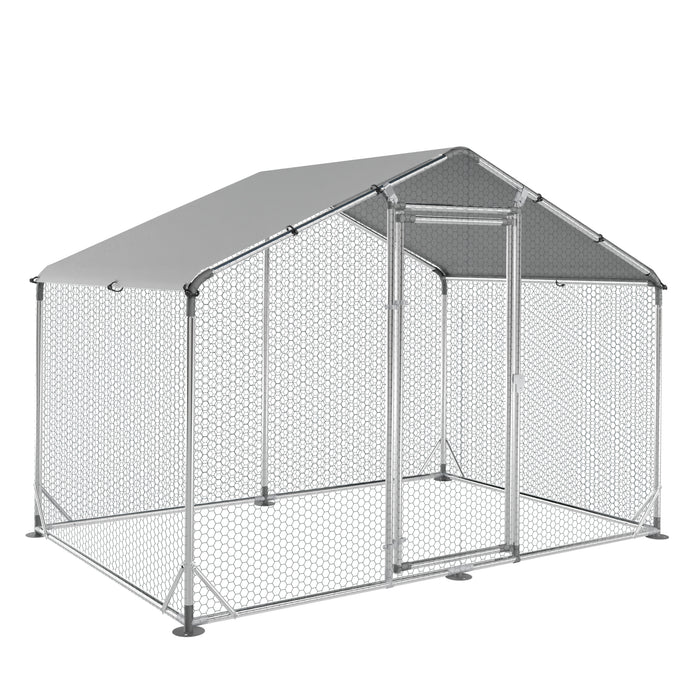
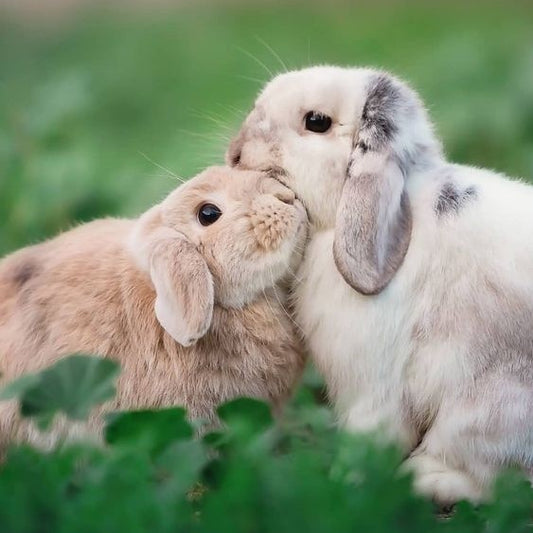
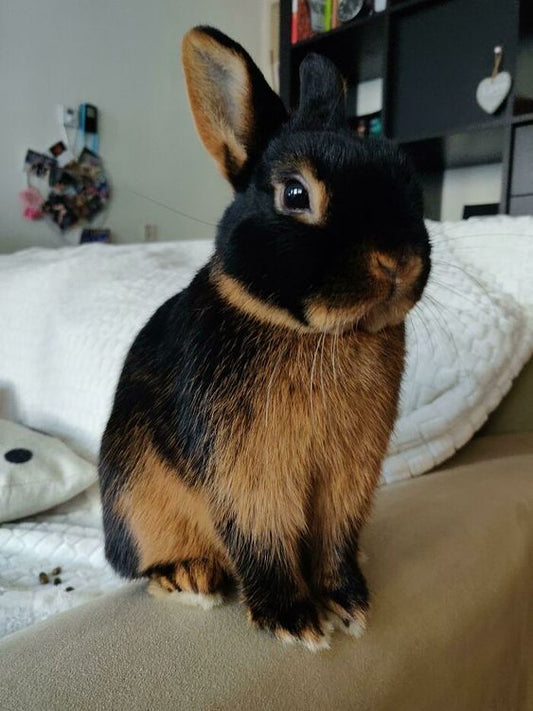
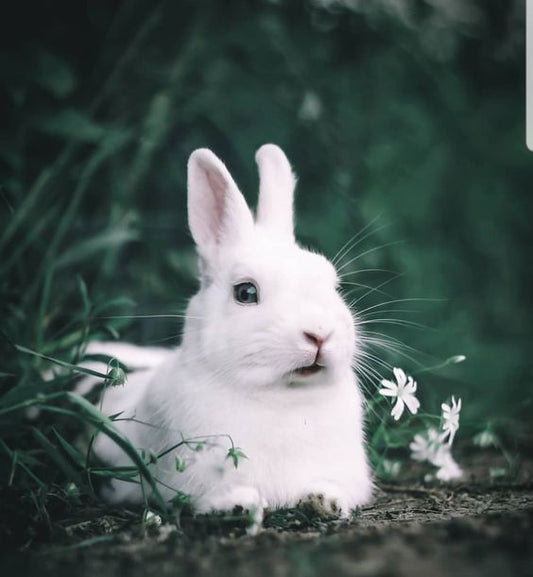
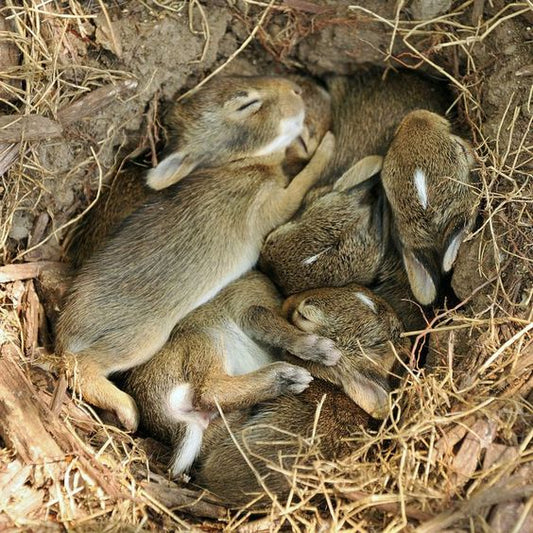
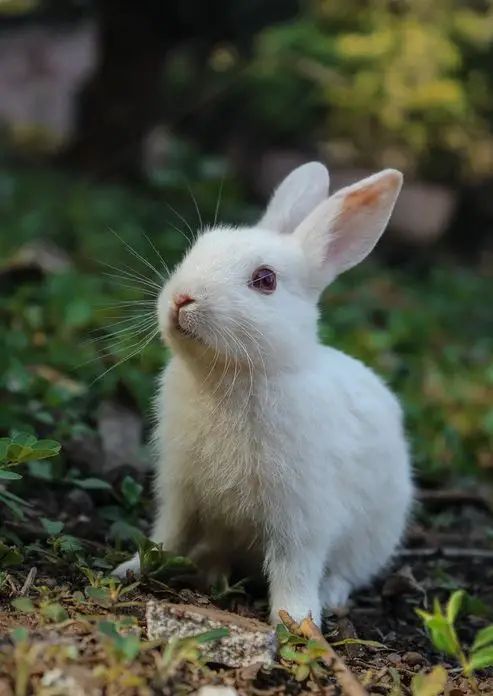

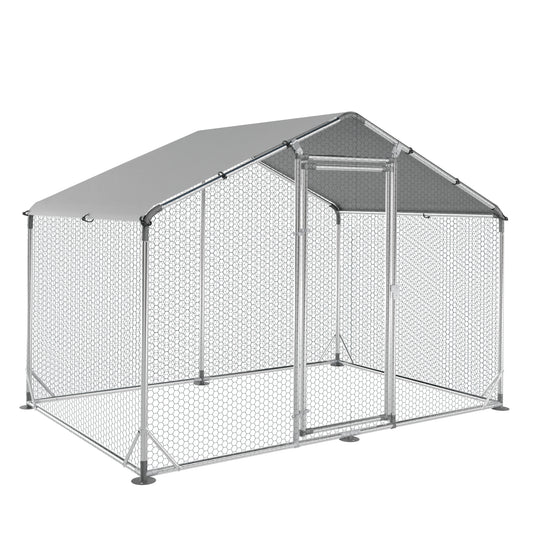
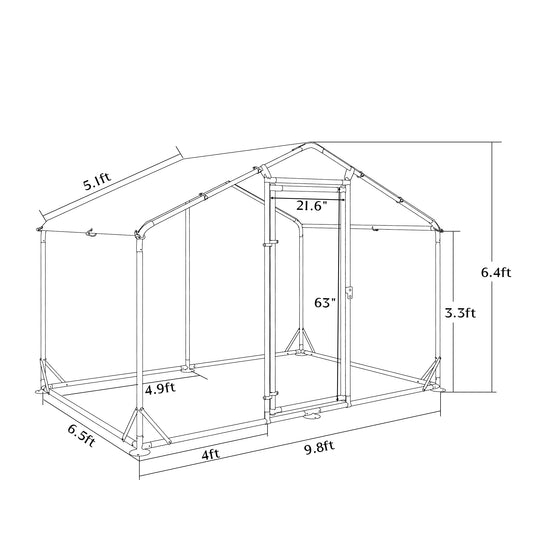
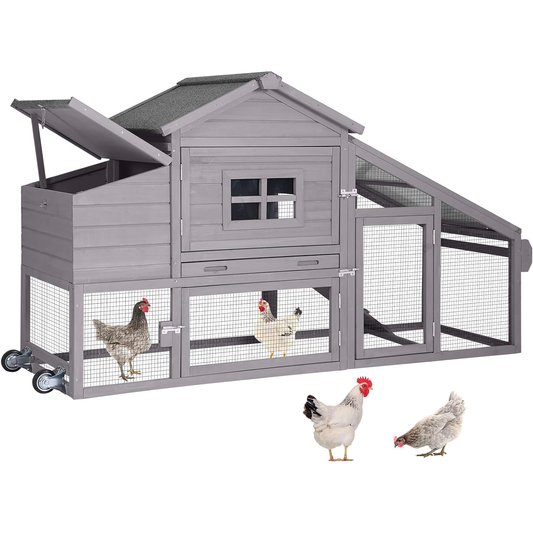
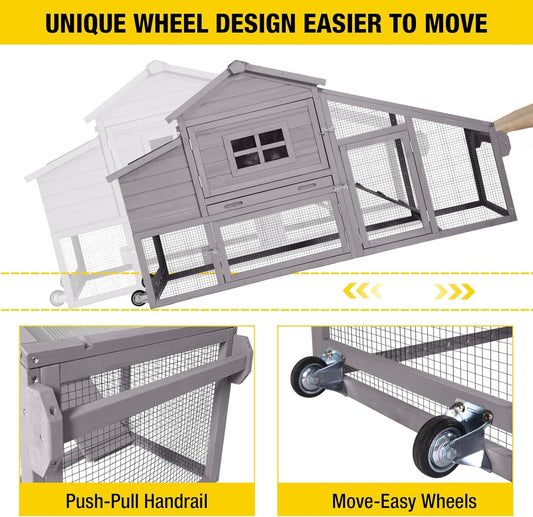
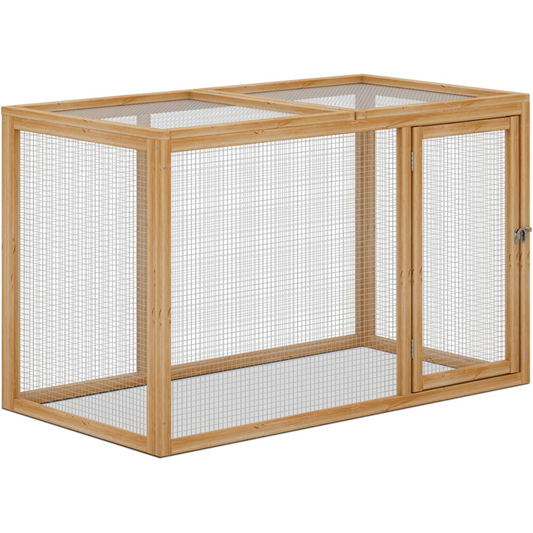
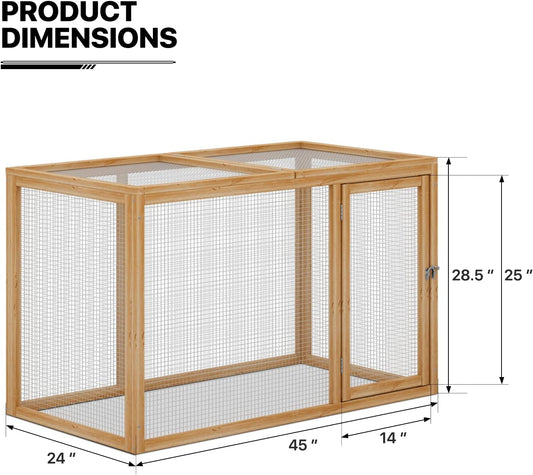
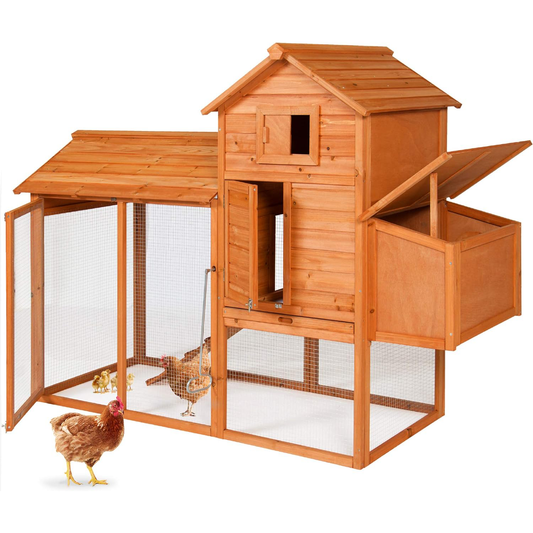
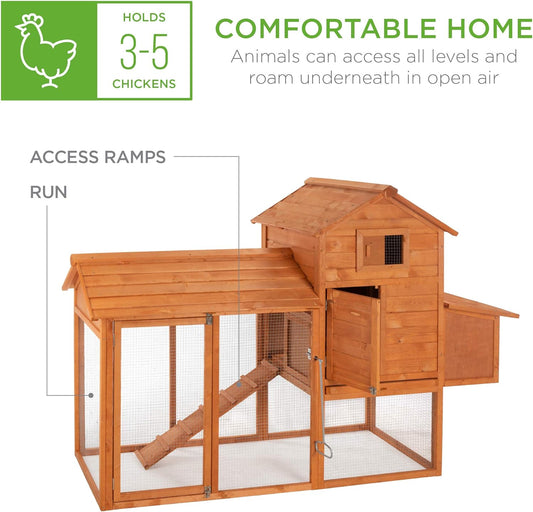
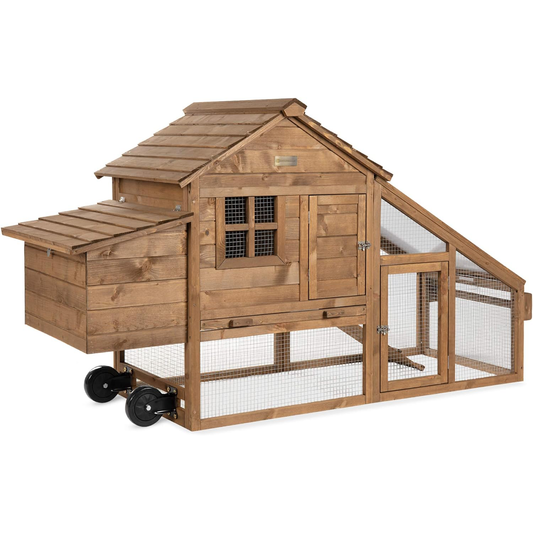
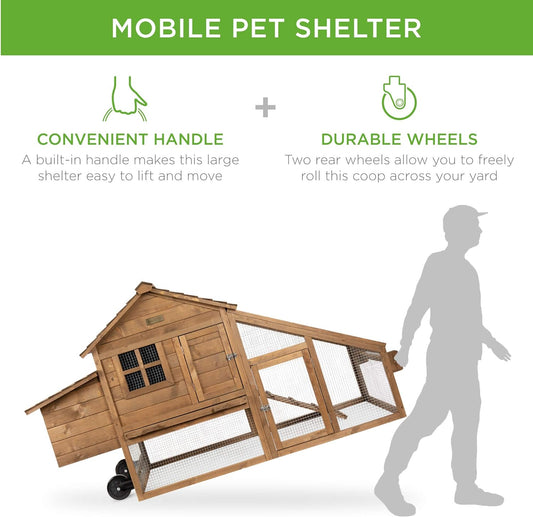
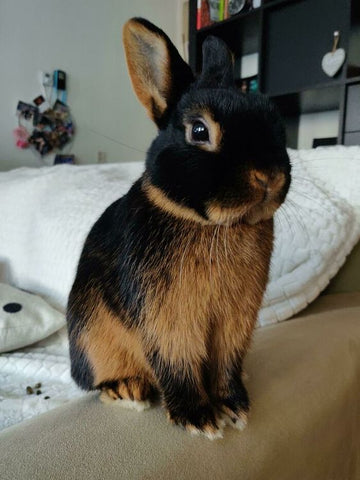

0 comments